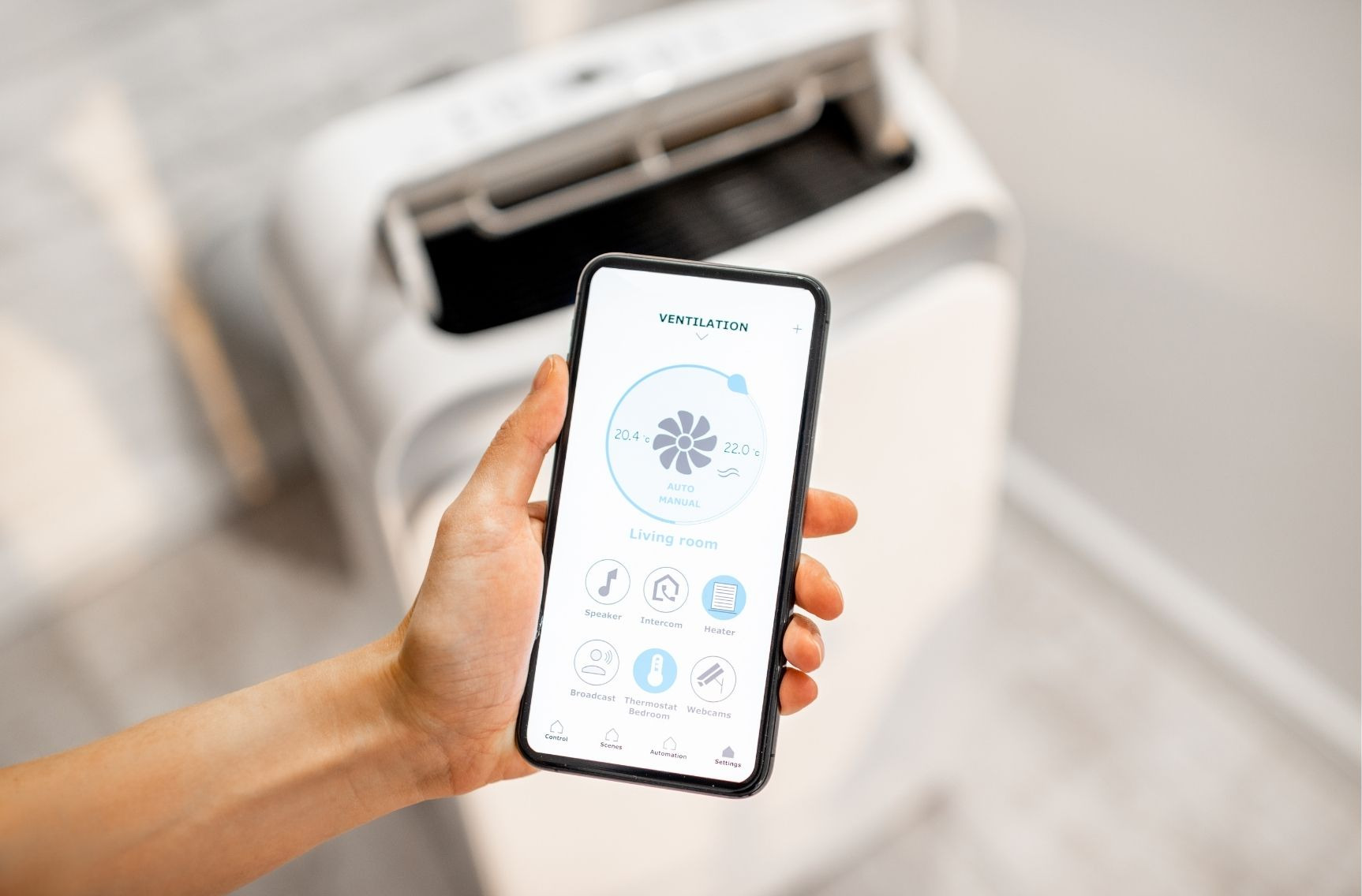Excessive moisture in your home can cause mold to take root and dust mites to thrive in abundance.
The result can be damage to the wood and drywall as well as the insulation inside the walls.
Allergies also have a tendency to flare up when the humidity is high inside of the house too. Mold spore and dust mite allergies are two of the most common household allergens that have their origin in high humid air.
Fortunately, it’s a problem that can be solved with the use of a dehumidifier.
Dehumidifiers can reduce the moisture in the air at a surprising rate and amount.
They not only help save your hairdo but can save you a lot of money in energy cost by taking the weight off of the home air conditioning system.
Which will also lead to less maintenance on your HVAC unit.
But said dehumidifiers are not always the most sexy of appliances. In fact, they can be a big eye sore that takes a lot of space, especially when they have a hose and pump hooked into them.
This is one of the reasons that homeowners are searching for a way to reduce the humidity in their home or also looking for a way to keep the dehumidifier out of the way and out of the middle of the floor.
Another reason is that dehumidifiers more than not, come with a drainage hose option. That means that they depend on gravity for the water to drain freely.
Mounting the dehumidifier to the wall is a way to ensure that there is enough height for the water to drain properly.
 Wall Mounted Dehumidifier – What are some of the options?
Wall Mounted Dehumidifier – What are some of the options?
Depending on the area and how much humidity you need to consistently reduce,
The solution may be as simple as keeping a few small desiccant dehumidifiers around the bathroom and in closets.
Desiccant dehumidifiers use silica gel to absorb humidity. Silica gel is more popularly known as the little packets that come in different types of products like running shoe boxes or potpourri, etc.
When used as a full-size dehumidifier, the amount of silica gel is not only much larger, the units must be charged in order to absorb enough humidity to be useful.
But humidity problems that require a larger robust solution like in the basement, you may look at a full in- wall dehumidifier or whole house dehumidifier that is required to sit on a mounted shelf or suspended stage.
Here’s a little more of a breakdown and some suggested methods that could be employed.
The dehumidifier industry is packed with manufacturers that build huge dehumidifiers that can reduce a mountain of humidity.
But sometimes, you just don’t need that much power or humidity reduction.
Many times the problem is as simple as a bathroom that doesn’t have an exhaust fan or a big enough exhaust fan.
Wall Mounted Dehumidifier for Bathroom
The bathroom it’s typically the smallest room in the house and putting another appliance on the floor is out of the question and even having a big appliance like a dehumidifier mounted to the wall in the bathroom is going to take up an enormous amount of space.
But there is an alternative, and it just happens to be wall mounted.
Small Desiccant dehumidifiers like the Eva dry can absorb 4 to 8 oz. of water before recharging.
And the price for one is under $20.
Desiccant wall mount dehumidifiers are ideal for bathrooms, closets, cars, and gun safes.
And you could buy 15 of them for the price of one mid-size dehumidifier.
If your humidity issues are pretty much delegated to the areas in your house where there’s a lot of steam, aka the bathroom, laundry room, and kitchen.
Desiccant wall mount dehumidifiers can do a great job without ever having be emptied or have any type of hose attached to drain from. A huge plus.M
1. Eva-dry E-500 Renewable Mini Dehumidifier
Eva dry e500 is such a dehumidifier that uses absorption instead of extraction.
- This small space mini dehumidifier is wall-mountable
- Requires no batteries
- Lightweight
- And efficiently absorbs up to 8 oz. of moisture.
Eva dry is very portable and renewable.
After it runs for approximately 60 days, you simply plug it back in to charge it.
When the silica beads dry out and turn orange, the dehumidifier is ready to work again.
Extremely easy and completely free of the emptying and cleaning maintenance required for standard compressor dehumidifiers.
2.Pro Breeze Wireless Mini Dehumidifier

Storage utility hooks
A easy solution for mounting a dehumidifier on a wall if you are willing to think outside of the box and you’re not specifically looking to mount a dehumidifier for the aesthetic appeal,
Then coupling a dehumidifier that is outfitted with a carrying handle with storage utility hooks is a viable option.
Storage hooks can hold anywhere from 30 lb to 80 lb depending on the material that you put them into.
Since basements usually have cement walls, they are ideal for holding heavy objects.
Donatello dehumidifier with drain hose
This small dehumidifier covers 350 square feet and holds 68 Oz which equates to 34 lb. Which is easily in the range of weight that standard utility hooks can handle.
This dehumidifier runs without a compressor which means that it is very quiet and can run all day and all night without making any loud noises.
It does not however come with a hygrometer.
To be able to monitor your relative humidity in order not to run your dehumidifier too long or not long enough you will need to purchase a separate hygrometer.
Though it is a smaller dehumidifier, you can see how a dehumidifier could be mounted to the wall but simply sitting the unit on storage hooks using the handle.
A shelf that can handle 40 to 50 lbs. is the same concept. Sitting your dehumidifier on a shelf will get it off the ground and give it the gravity it needs to drain without a pump.
Santa Fe Ultra MD32 in-wall dehumidifier
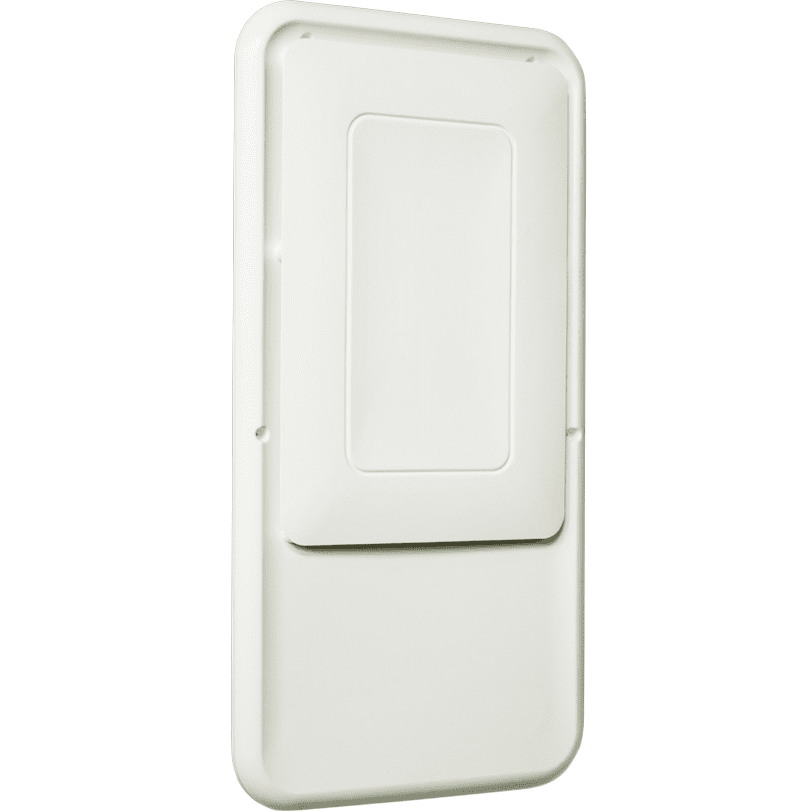
The Santa Fe Ultra MD32 in-wall dehumidifier fits inside your wall between two studs.
It can handle a 1200 square-foot basement very well and it has a lot of perks like almost silent operation since it is inside of the wall.
It will also collect up to 33 pints a day for multi-family housing.
It has an awesome finished look for a dehumidifier.
Some of the features include a
- Moisture sensor
This is a sensor that alerts you when there’s any type of leakage.
- 4 year warranty due to its galvanized steel cabinet that is built to last.
- Can work in a variety of temperatures. Including 49° which is cooler than most dehumidifiers.
- Very quiet. At 46db it is approximately the volume of a refrigerator.
The downside is that it does not come with a pump and the installation kit for it is also purchased separately.
The drain hose will also have to be installed inside of the wall.
If your basement is not finished, it does have an installation kit for you too mounted on the outside of the wall.
This dehumidifier will keep you from having a messy portable dehumidifier with a pump and garden hose running out of it sitting in your basement.
2. EBac AD850E
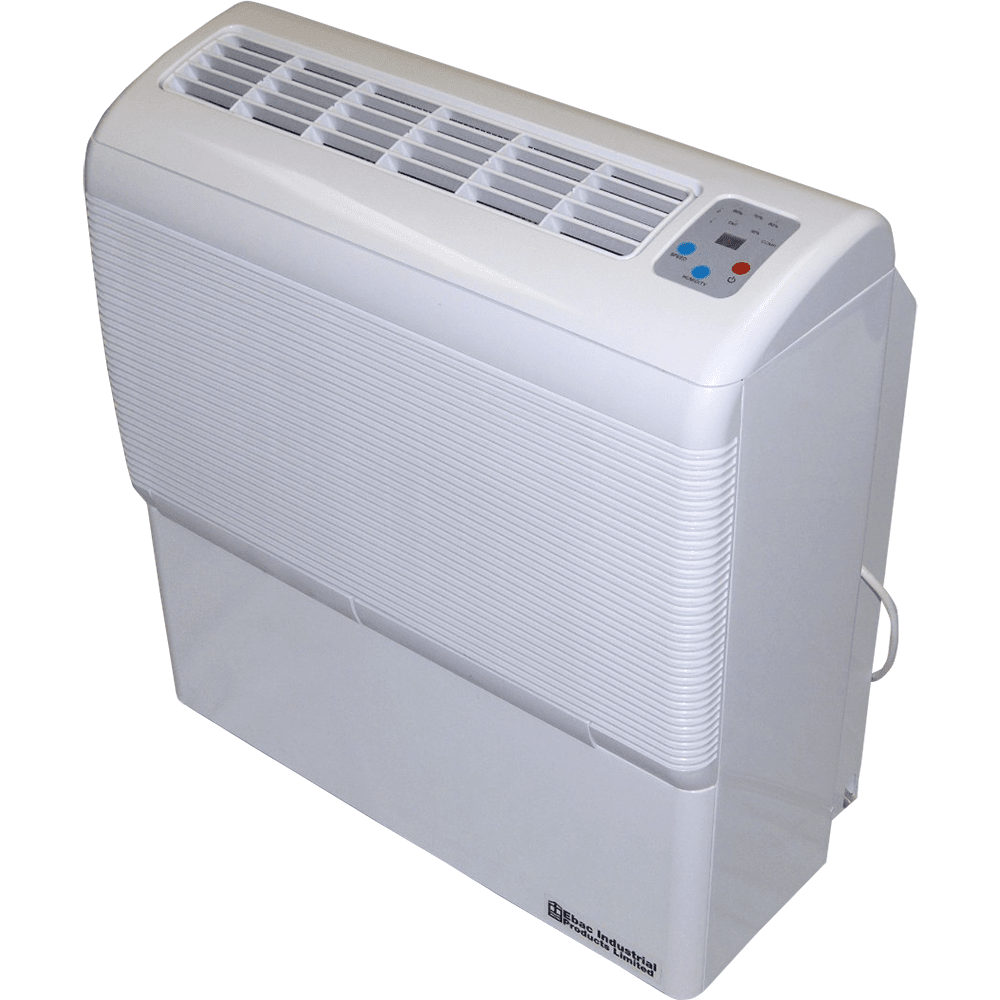
This dehumidifier is wall mounted and can also be freestanding. It has the look of a hotel air conditioner.
It can easily handle a large basement up to 1700 square feet.
This commercial wall mount dehumidifier looks great. The noise is kept below 50 db and it can operate in a room as cool as 41 degrees.
But it does not come with a hose..
This dehumidifier also doubles as an air purifier and comes with two removable washable air filters.
It’s contemporary design lends itself for you in a variety of commercial settings including pools, spas, museums, schools, gyms, etc.
Crawl space whole house dehumidifier
If your primary reason for searching out a wall mount dehumidifier is not aesthetics, can purchase a crawl space dehumidifier complete with a pump and drain hose for a third of the price.
And have a much more powerful dehumidifier they can handle up to 6,000 square feet.
And Commercial dehumidifiers are usually mounted using a hanging kit.
Not exactly the same as mounting it on a wall, but if you’re willing to think outside the box, and the look of it is not your primary issue,
Then you could have a much better dehumidifier and still be able to keep it off of the floor and out of the way.
Alorair Sentinel HDi65
Alorair is warrantied for 5 years.
It is a great fit for any basement, crawl space, garage, or any large room.
It comes with the heavy-duty condensate pump, Auto operation, auto defrost to keep the coils from freezing, and auto restart whenever there’s a power outage.
Alorair also has a hanging kit that is designed specifically to fit the dehumidifier. (Sold separately)
18000 CoVac BTU Ductless mini split with Cooling Heating and Dehumidifier
Humidity control is not the only issue that people have to deal with when they are trying to control the climate in thier basement.
Finding a way to efficiently heat and cool a basement can be just as much or even more so of a problem then reducing humidity.
Mini split air conditioners are the equivalent of having a HVAC specifically for the room they are placed in. Which means they automatically dehumidify as they cool.
And for much less than the price of a commercial in wall dehumidifier or a wall adjacent dehumidifier,
You can control the overall humidity plus the temperature in the basement and still keep it wall mounted and out of the way.
If you have one of the rare basement setups that offers a window big enough for a window air conditioner, then controlling the humidity in your basement can be as easy as putting a window AC in the window.
Unfortunately this is only an option if you have a window that can fit a window AC in your basement. Most basement windows are narrow and it is almost impossible to find a window AC that is made for a narrow basement window.
Window air conditioners are featuring heat as a standard part of operation more and more.
Just like in the case of a mini split, if you have a window in your basement, a window air conditioner can double as a dehumidifier and heater.
LG electronics 8000 BTU heat and cool window air conditioner
This unit is Wi-Fi integrated and can work with Amazon Alexa and hey Google using voice commands.
It cools up to 320 square feet and has the optional supplemental heat setting to help heat your room on cooler days.
This unit is very well reviewed. It has been said to be very quiet and very economical compared to a central heat and air system.
The humidity in the basement and the rest of the house for that matter can all be reduced significantly through encapsulation and the use of a crawl space dehumidifier.
If you have a crawl space, then crawl space encapsulation is a much better option then trying to reduce the humidity inside of the basement via a portable dehumidifier.
The price may be a little more upfront, but it will pay for itself in energy savings and reduced maintenance on your house.
Considering the asking price for some of these wall mounted and in-wall dehumidifiers,
The price of encapsulating your crawl space and keeping a dehumidifier there is really not all that outrageous.
Recap
Wall mounting a dehumidifier doesn’t exactly come with a lot of easy options.
Reasons why people want to mount a dehumidifier to the wall are to generally to get it off of the floor and out of the way and or to get rid of the big eye sore if having a boxy dehumidifier with a garden hose attached to it running out of the house.
Desiccant dehumidifiers are inexpensive and come in small wall mountable units. And work great in smaller areas like bathrooms and closets.
But once you move in to a arena where you need much more dehumidifying power, like a basement,
The options become much more costly.
In wall dehumidifiers are a good option but they do require installation.
Other commercial options like EBac AD85OE look great and can easily blend in any room and have the look of a hotel air conditioner.
But you will pay substantially for those aesthetics.
If aesthetics, on the other hand is not the most important issue,
And if you’re only wanting to get it out of the floor because it’s a tripping hazard,
Crawl space dehumidifiers can reduce the amount of moisture for a fraction of the price. And they come with their own hanging system to keep them off of the floor.
Basements with window access can use a window air conditioner two double as a dehumidifier.
Most window air conditioners come with a dehumidifier setting so that you can run the dehumidifier without the cool running also.
Window air conditioners or also starting to feature Heating as well.
Mini split air conditioners or installed with the compressor outside.
But they are wall mounted and look great, and they also double as a dehumidifier.
Finally
If you’re going to go down the road of an expensive in wall system, then might want to consider crawl space encapsulation,
which could eliminate the need of a dehumidifier in the house or basement. And make mounting a dehumidifier completely unnecessary.
But before you go down the road so to speak:
Before you buy any expensive equipment or have any work done to close off your crawl space,
It’s important to figure out why you’re having the issue with high humidity in the house in the first place.
Leaking pipes can create a ton of moisture beneath the house that can radically increase the amount of humidity you have inside of the house.
And leaking pipes are something you’re going to have to fix regardless.
Fix the pipes first and you may not even need a dehumidifier.
Another thing that often causes heavy moisture beneath the house is gutters that do not lead rainwater far enough away from the house for it not to River down into the crawl space.
Making sure that you do not have any water from the gutters or sprinklers making its way down beneath the house is also another easy thing you can do that can reduce your indoor humidity.

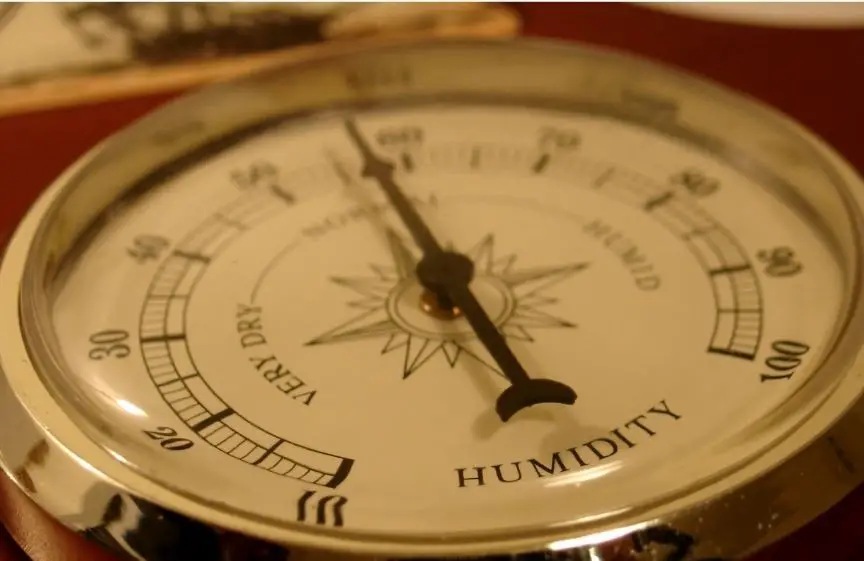




























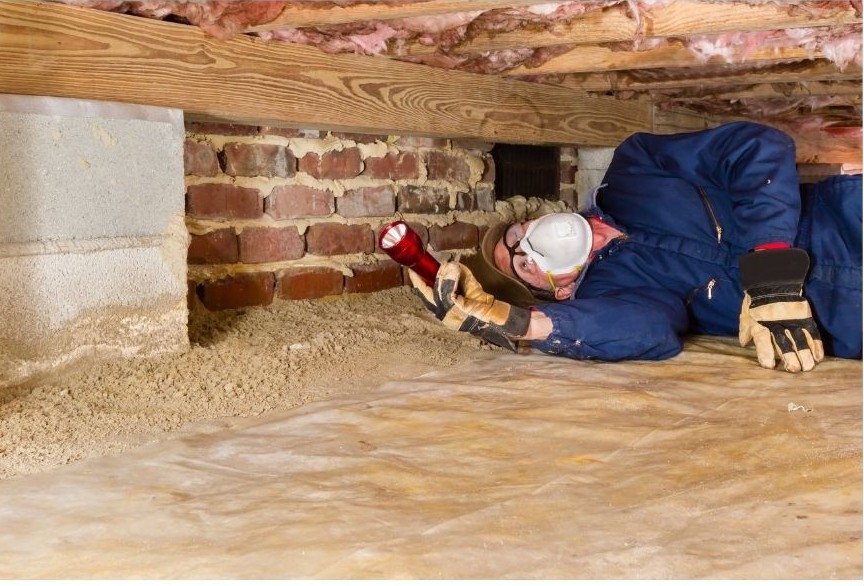




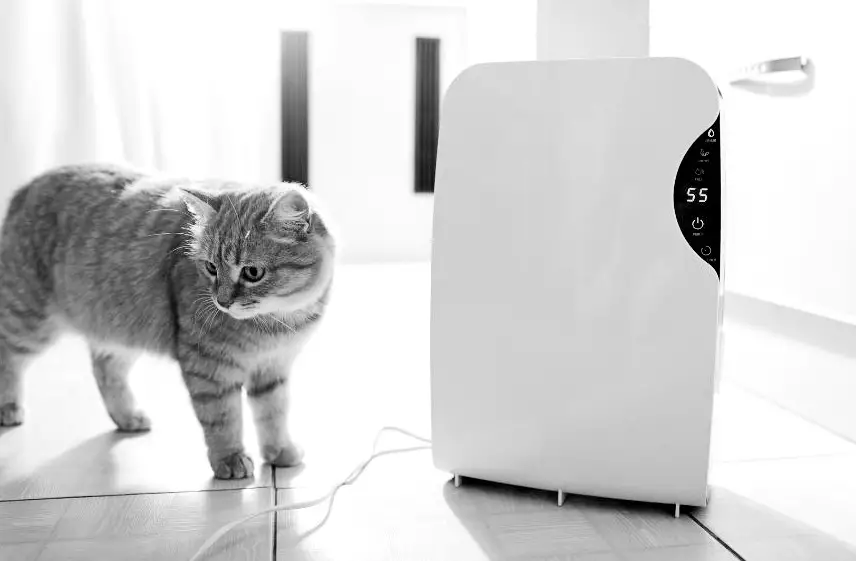
 Do I need a dehumidifier?
Do I need a dehumidifier? Hygrometer
Hygrometer
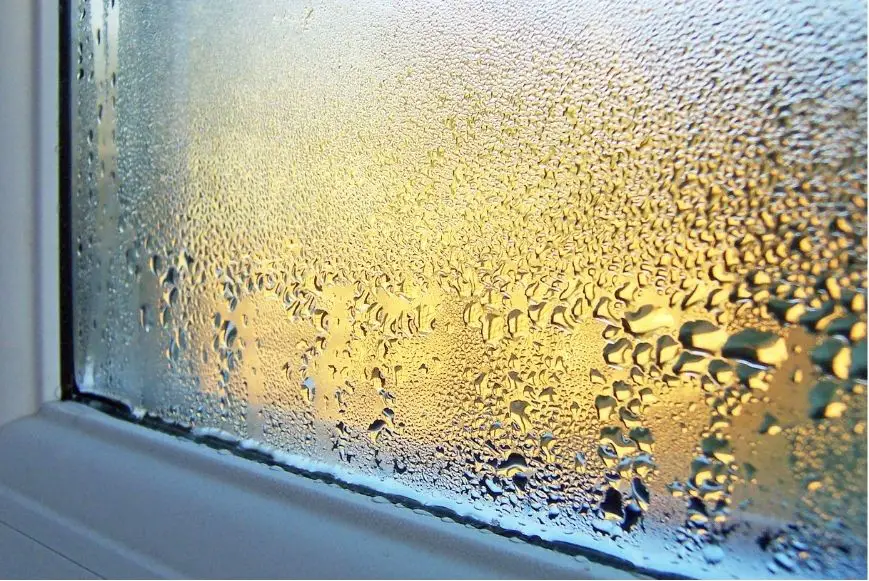 1. Condensation on the windows
1. Condensation on the windows 5. The smell of mildew
5. The smell of mildew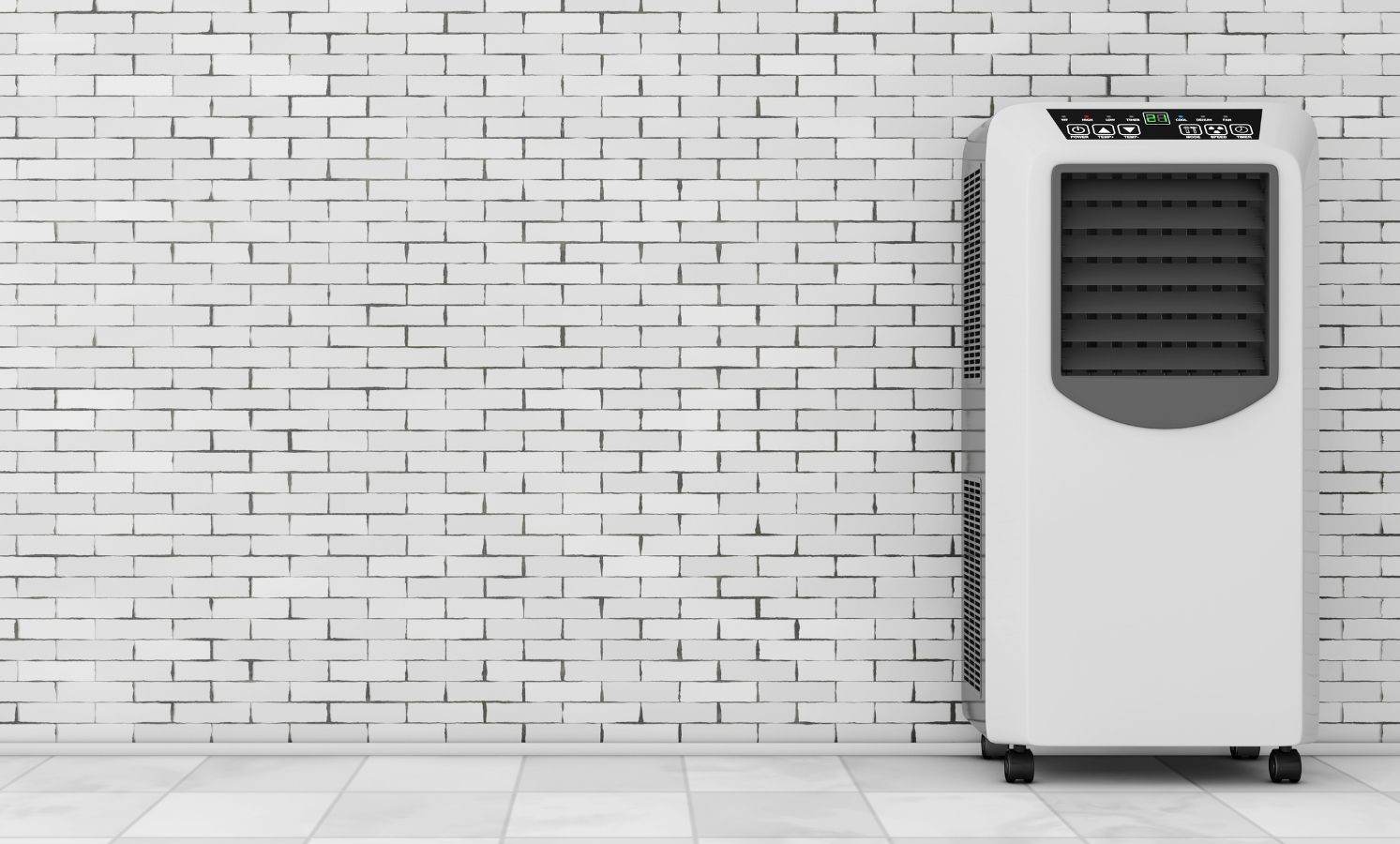

 Here is a list of some of the most popular issues that pop up with portable air conditioners.
Here is a list of some of the most popular issues that pop up with portable air conditioners.
 4.Portable AC keeps freezing
4.Portable AC keeps freezing
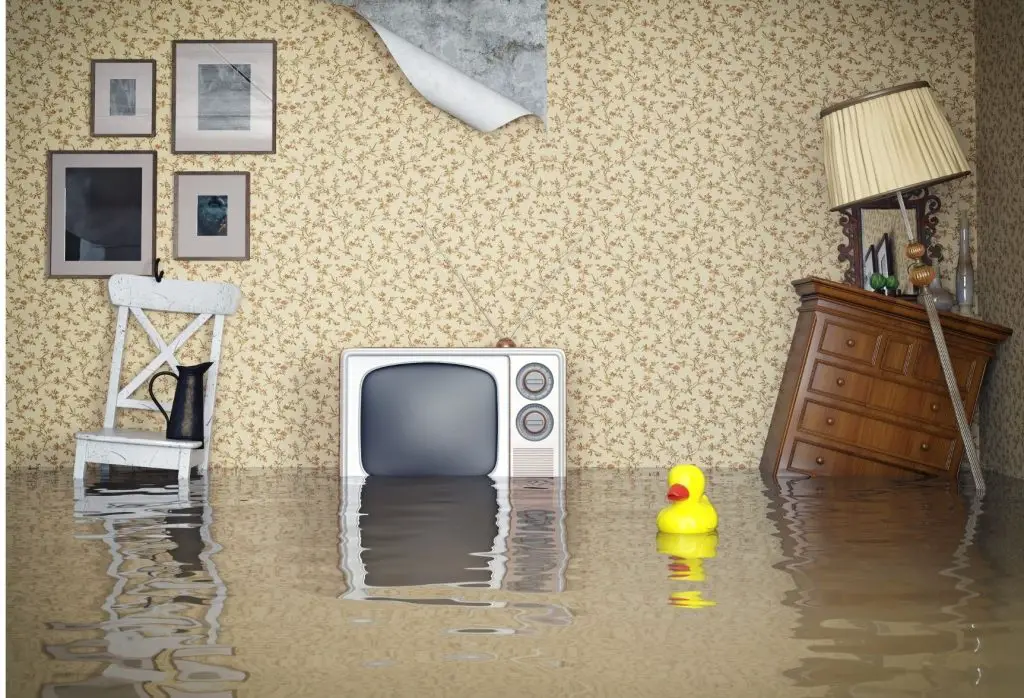

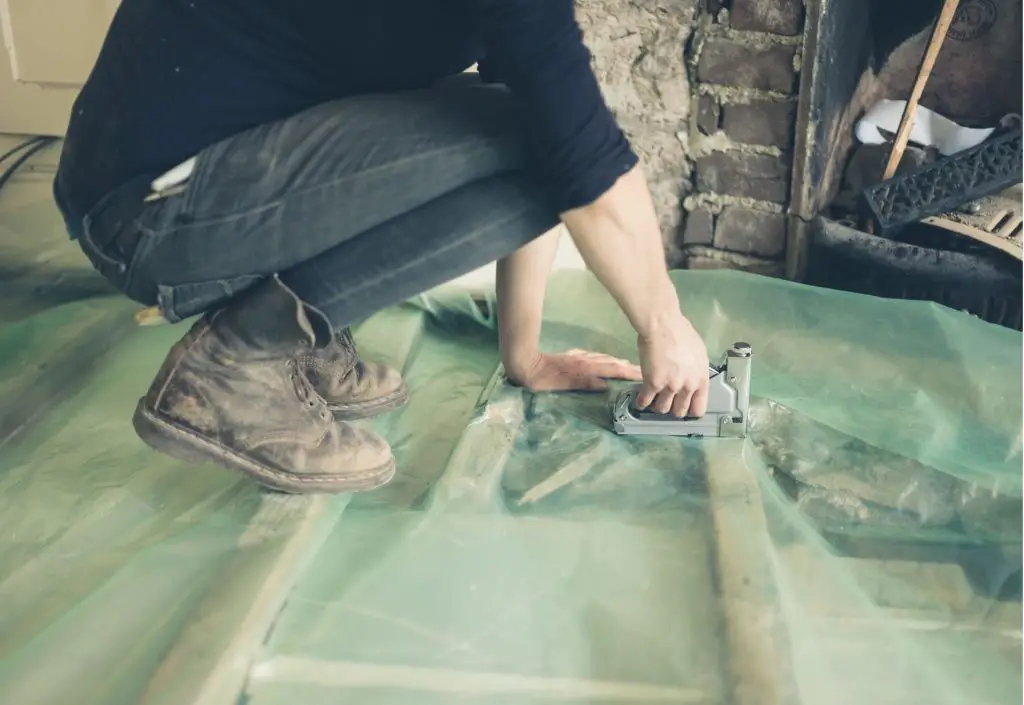 Other drawbacks too keeping a Michigan basement is the exposure to Radon.
Other drawbacks too keeping a Michigan basement is the exposure to Radon. Though all houses have the potential of radon coming Getting in, a home with a Michigan basement has a higher potential for Radon.
Though all houses have the potential of radon coming Getting in, a home with a Michigan basement has a higher potential for Radon.

